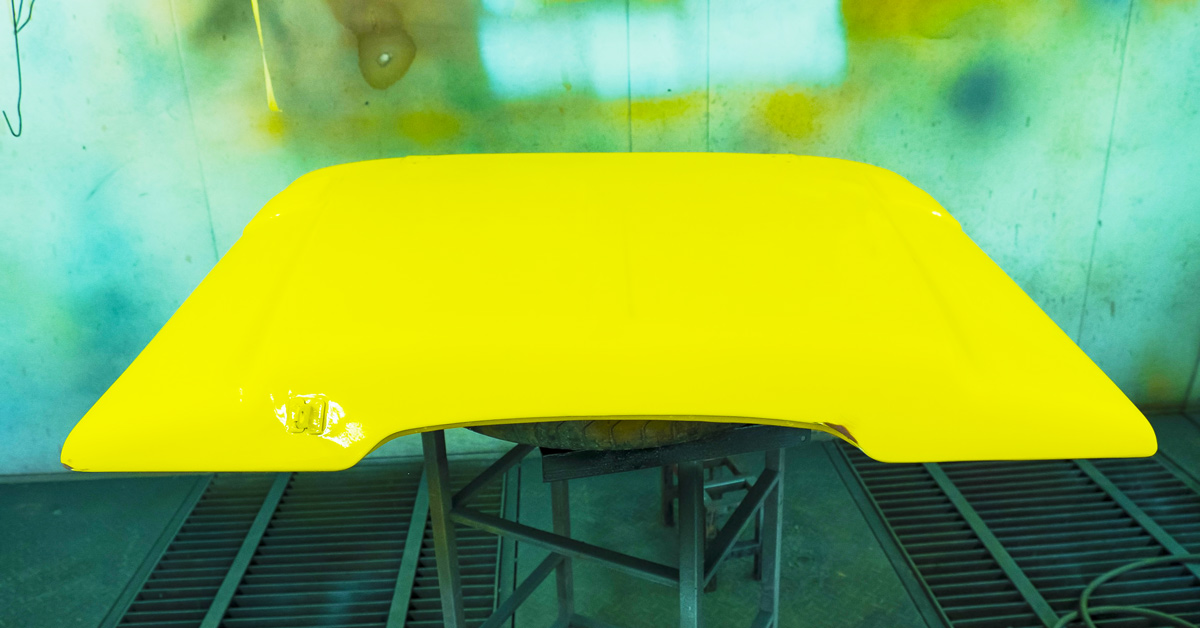Unlocking the Art of Commercial Spray Painting: Techniques and Tips
Welcome to the world of commercial spray painting, where precision meets creativity in a dynamic fusion of technique and skill. In this specialized field, the artistry of transforming surfaces with a flawless coat of paint is elevated to a commercial endeavor that demands expertise and finesse. Whether it's reviving tired storefronts, adding vibrancy to industrial equipment, or enhancing the aesthetic appeal of commercial spaces, the art of spray painting plays a crucial role in the visual landscape of our urban environments.
From selecting the right spray paint equipment to mastering the intricacies of technique, commercial spray painting requires a keen eye for detail and a steady hand. With a myriad of surfaces to work on and an array of colors and finishes to choose from, commercial spray painters must navigate the nuances of each project with precision and efficiency. As we delve into the realm of commercial spray painting, we uncover the secrets, techniques, and tips that professionals use to unlock the true potential of this art form.
Choosing the Right Equipment
When it comes to embarking on commercial spray painting projects, selecting the appropriate equipment is crucial. The cornerstone of any successful endeavor in commercial spray painting rests on investing in high-quality spray guns. These guns provide the precision and efficiency needed for professional results. In addition, considering a reliable air compressor is paramount to ensure a steady and consistent flow of paint during application.

Alongside the spray gun and air compressor, proper safety equipment is a non-negotiable aspect of commercial spray painting. Protective gear such as goggles, gloves, and respirators safeguard the painter from harmful fumes and ensure a safe working environment. Always prioritize the purchase of quality safety equipment to ensure maximum protection during each project.
Lastly, choosing the right type of paint is equally significant in commercial spray painting. Opting for premium quality paints that are designed for commercial applications can significantly impact the overall finish and durability of the project. Be sure to carefully assess the requirements of the project and select paints that are compatible with the surface material being worked on.
Preparation and Techniques
Before beginning any commercial spray painting project, proper preparation is crucial. Begin by thoroughly cleaning the surface to be painted, ensuring it is free of any dirt, grease, or debris. This step is essential for achieving a smooth and flawless finish. Next, mask off any areas that you do not want to be painted using high-quality painter's tape. Proper masking helps to create clean and crisp lines, enhancing the overall professional look of the project.
When it comes to choosing the right spray gun nozzle, consider the type of paint being used and the desired finish. A larger nozzle size is suitable for thicker paints, while a smaller nozzle works better for finer details. Additionally, adjusting the air pressure on the spray gun can affect the atomization of the paint, resulting in different textures and coverage. Practice on a test surface before starting the actual project to ensure the settings are adjusted correctly for optimal results.
Maintaining a consistent distance between the spray gun and the surface is key to achieving an even coat of paint. Typically, holding the spray gun 6 to 8 inches away from the surface is a good starting point. Keep the gun moving in a smooth, continuous motion to prevent drips or uneven coverage. Overlapping each pass slightly helps to ensure full coverage and a uniform finish for professional-looking commercial spray painting results.
Tips for Successful Commercial Spray Painting
For optimal results in commercial spray painting, it is crucial to prepare the surface adequately. Before starting the painting process, make sure to clean and smooth the surface to ensure proper adhesion of the paint. This can involve sanding, priming, and removing any debris or contaminants.
Another key tip is to maintain the correct distance between the spray gun and the surface being painted. Holding the spray gun too close can result in uneven coverage or paint drips, while holding it too far may lead to overspray and wasted paint. Practice to find the ideal distance for a consistent finish.
Lastly, it is important to use the right technique when applying the paint. Keep the spray gun moving in a smooth and steady motion to avoid pooling or uneven patches. Overlapping each pass slightly will help achieve a uniform coating. Remember to follow the manufacturer's instructions for the paint and equipment being used to ensure the best outcome.